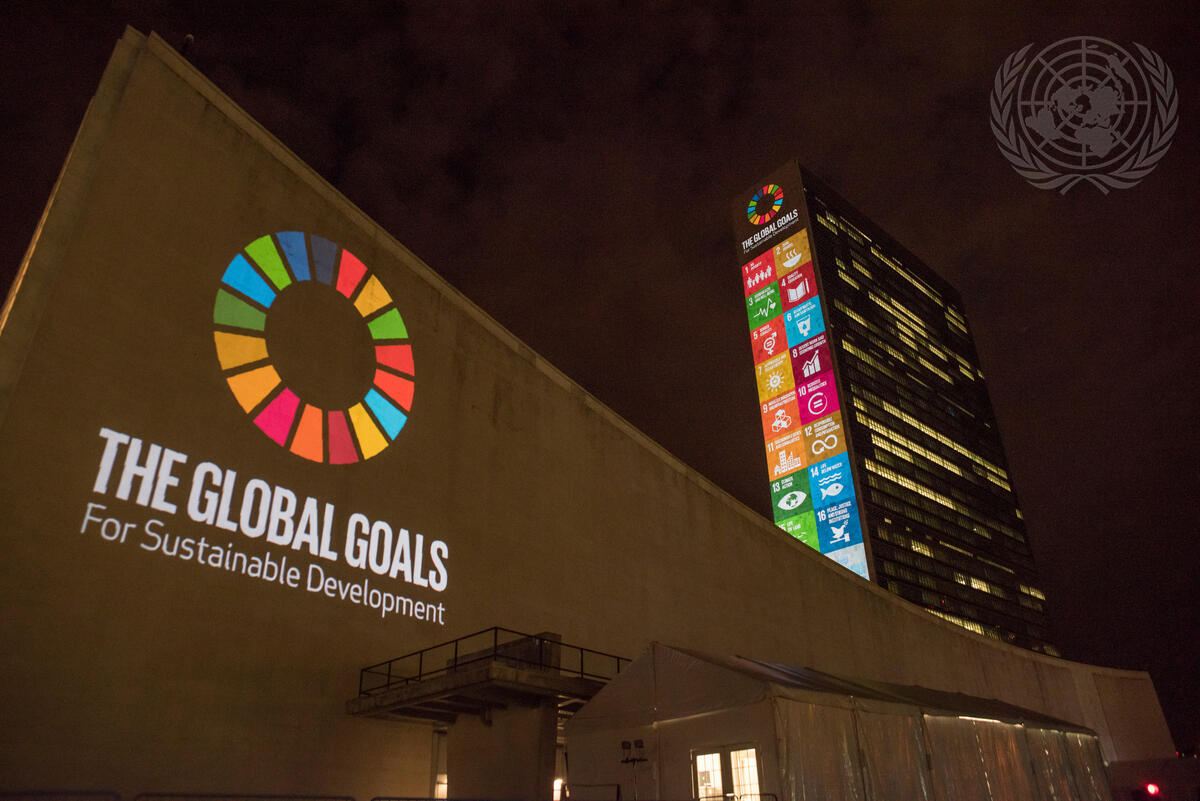ILO: Declining Global Labor Income Share Increases Inequality, Jeopardizing SDG Progress

The ILO’s World Employment and Social Outlook: September 2024 update highlights growing inequality as global labor income stagnates and youth unemployment remains high, hindering progress on key Sustainable Development Goals (SDGs). The global labor income share, which fell by 0.6 percentage points between 2019 and 2022, remains flat, driven largely by the COVID-19 pandemic, which exacerbated existing inequalities. If income distribution had stayed at 2004 levels, labor income in 2024 would have been $2.4 trillion higher.
Technological advancements like automation have increased productivity but have not equitably benefited workers, with capital income concentrating among the wealthiest. The report warns that without inclusive policies, recent developments in artificial intelligence could further widen inequality, jeopardizing the achievement of the SDGs, particularly SDG 10 on reducing inequality.
The report also draws attention to the persistent issue of youth unemployment, education, and training gaps. The global NEET (Not in Employment, Education, or Training) rate has seen little improvement, dropping modestly from 21.3% in 2015 to 20.4% in 2024. The female NEET rate, at 28.2%, remains more than double that of young men, putting at risk SDG 8, which aims for decent work and economic growth for all.

